#Bartholdi Museum
Explore tagged Tumblr posts
Text
Visiting Colmar, France, is Like Stepping into a Storybook
Maison Pfister is a centerpiece of Colmar, France and has become the historic city’s symbol © Karen Rubin/goingplacesfarandnear.com By Karen Rubin, Travel Features Syndicate, goingplacesfarandnear.com Colmar, in France’s Alsace-Lorraine region, is a storybook village – its buildings literally decorated to tell a story. And when you wander around its narrow, twisting streets, you walk through…

View On WordPress
#Bartholdi Museum#Colmar#Colmar France#Statue of Liberty#Unterlinden Museum#Visit Colmar#Visit France
0 notes
Text
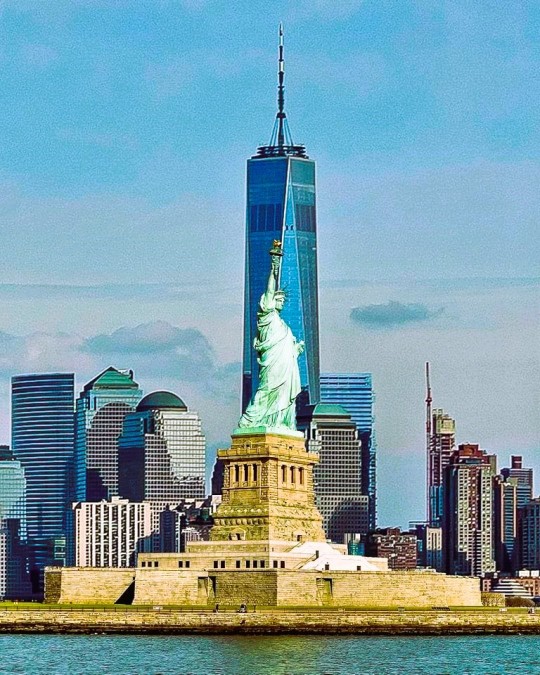
Statue Of Liberty, New York, United States: The Statue of Liberty National Monument is a United States National Monument comprising Liberty Island and Ellis Island in the U.S. states of New Jersey and New York. It includes the 1886 Statue of Liberty (Liberty Enlightening the World) by sculptor Frédéric Auguste Bartholdi and the Statue of Liberty Museum, both situated on Liberty Island, as well as the former immigration station at Ellis Island which includes the Ellis Island Immigrant Hospital. Wikipedia
170 notes
·
View notes
Text
Zodiac Signs, Cities & Curious Facts! 🌆
Each city was selected by me from "The Rulership Book" by Rex E. Bills, alongside one fact that matches that particular sign's energy! There are more cities and places that align with the vibration of each sign, but these are the ones I picked for this post. All pictures are from Google Images.
Enjoy this random and (hopefully) fun thread!😁
♈Aries: FLORENCE, Italy
Florence has a unique street festival: The "Calcio Storico" is a traditional street football game played annually there. The game involves four teams representing the four historic quarters of the city, and it's known for its rough and intense style of play!
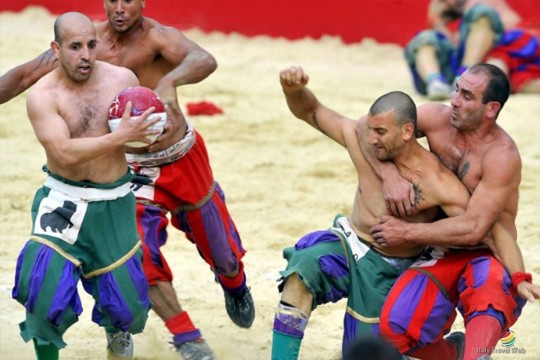
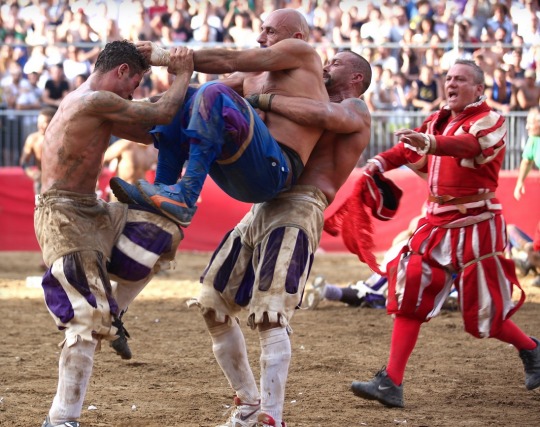
♉Taurus: LEIPZIG, Germany
Leipzig is known as the "City of Music": Leipzig has a rich musical heritage and is considered one of the world's most important cities for classical music. Famous composers such as Johann Sebastian Bach, Richard Wagner, and Felix Mendelssohn Bartholdy have strong connections to Leipzig, and their music is celebrated in the city's numerous concert halls, museums, and festivals.
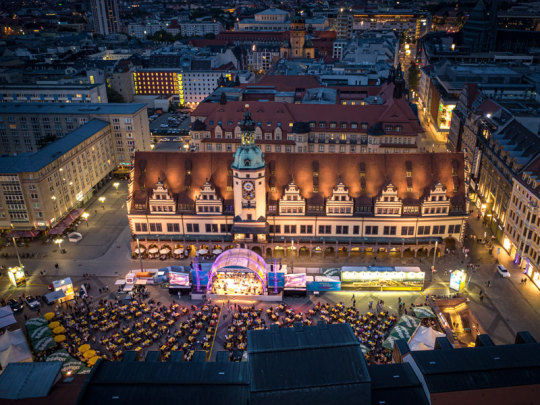
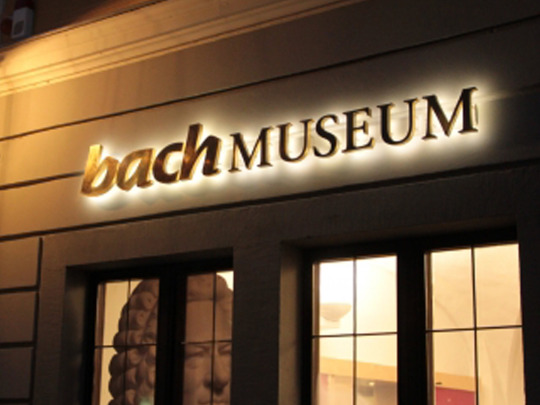
♊Gemini: LONDON, England
London has a "whispering gallery": The Whispering Gallery in St. Paul's Cathedral is a circular gallery that runs around the interior of the dome. Due to its unique acoustics, if you whisper against the wall on one side of the gallery, the sound can be heard on the other side, over 100 feet away.
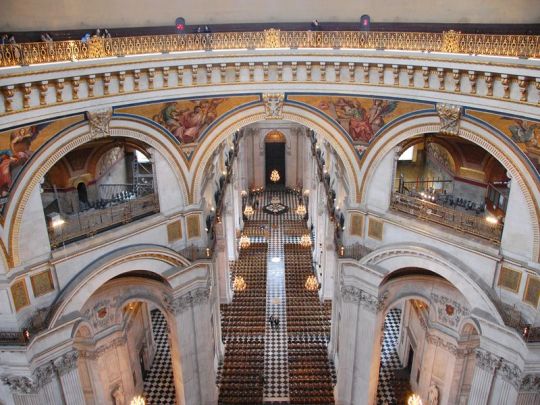
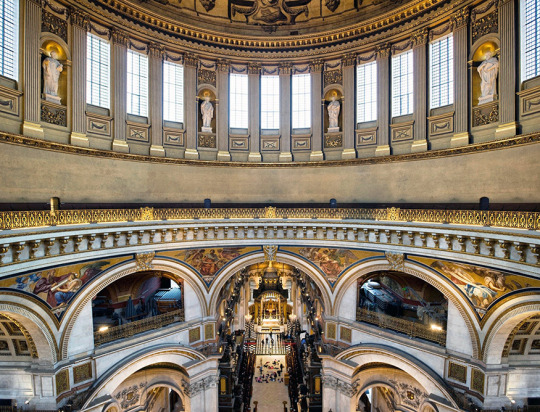
♋Cancer: ISTANBUL, Turkey
Istanbul has a famous street for cats: The "Cat Street" or "Kedi Sokak" in Turkish is a narrow street in the historic district of Sultanahmet that is home to dozens of stray cats. The cats are well-fed and cared for by locals, and the street has become a popular tourist attraction.
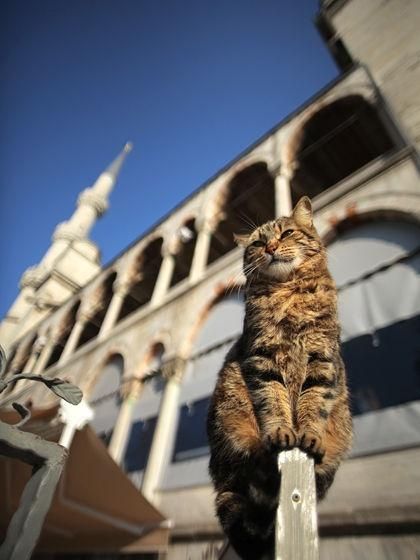
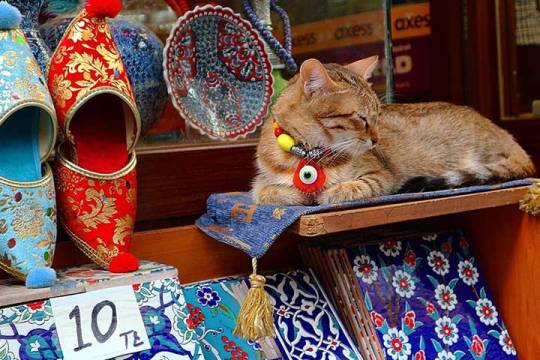
♌Leo: BERLIN, Germany
Berlin is a graffiti artist's paradise: The city has a long history of street art and is home to some of the most famous graffiti murals in the world. The East Side Gallery, a section of the Berlin Wall that has been turned into an open-air gallery, features over 100 paintings by artists from around the world.
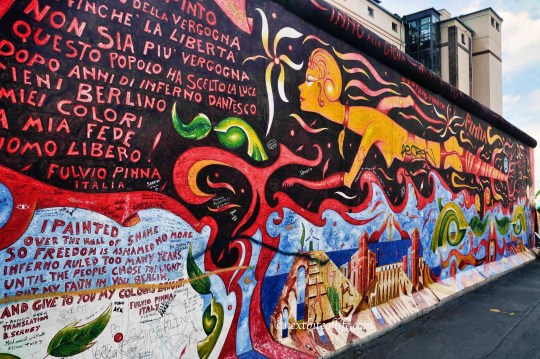
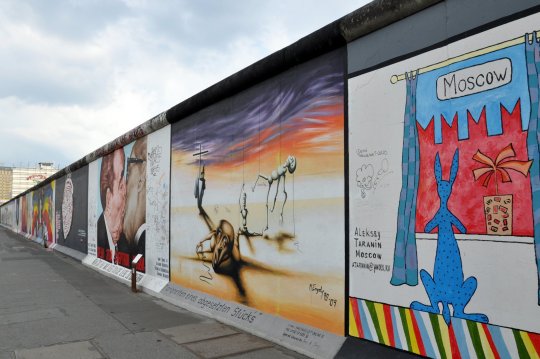
♍Virgo: MOSCOW, Russia
Moscow has a rich literary history: Many famous Russian writers, including Leo Tolstoy, Fyodor Dostoevsky, and Anton Chekhov, lived and worked in Moscow. It also has the largest number of public libraries in the world: "The Russian State Library" , which is the largest library in Europe and the second largest library in the world, after the Library of Congress in the United States.
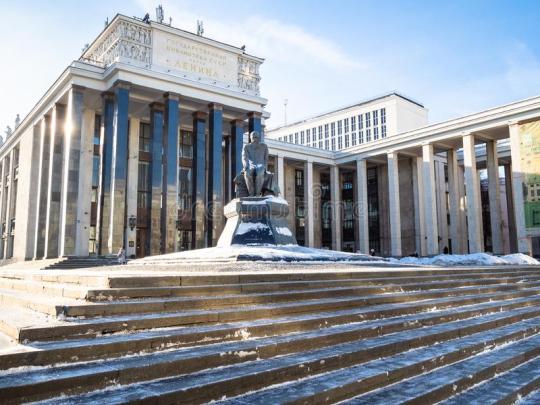
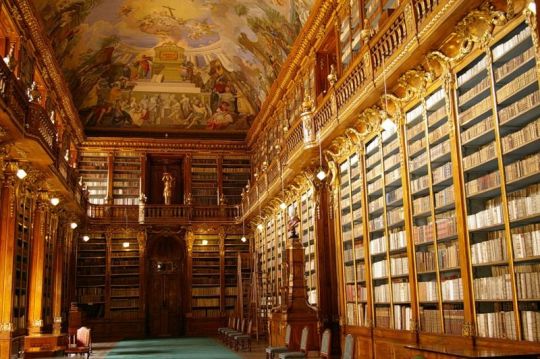
♎Libra: VIENNA, Austria
Vienna has a rich musical history: Vienna has been a center of musical innovation and creativity for centuries and has been home to many famous composers such as Mozart, Beethoven, and Strauss. Today, the city is renowned for its classical music scene and is home to the world-famous Vienna Philharmonic Orchestra.
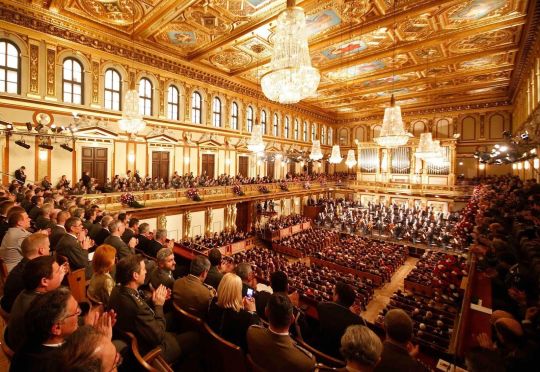
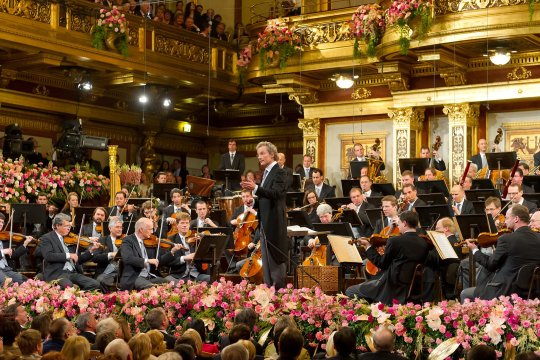
♏Scorpio: TOKYO, Japan
Tokyo has a unique fashion scene: Tokyo's fashion scene is known for its avant-garde and eclectic styles, with Harajuku being the center of youth fashion culture. "Gothic Lolita" is part of Harajuku, and it incorporates darker and more macabre elements into the Lolita fashion aesthetic.

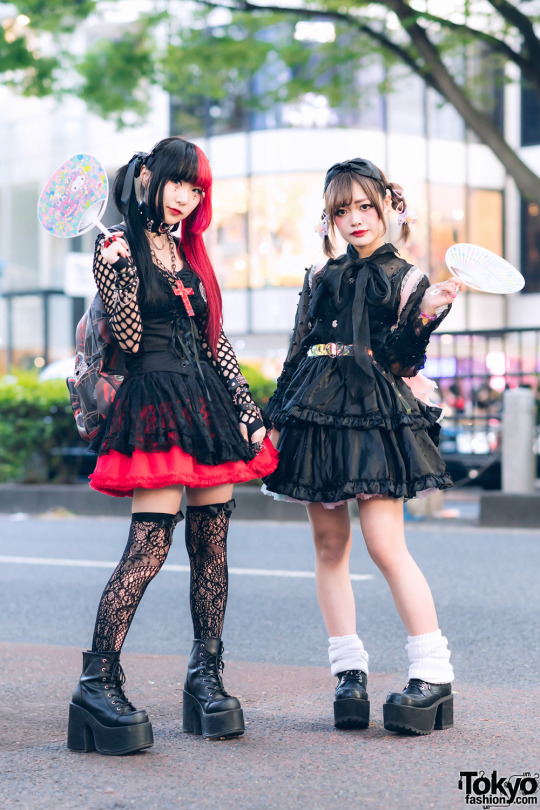
♐Sagittarius: TUSCANY, Italy
Tuscany is home to the oldest university in Europe: The University of Bologna, which is located in Tuscany, is the oldest university in Europe, having been founded in 1088. It is still one of the most prestigious universities in Italy.
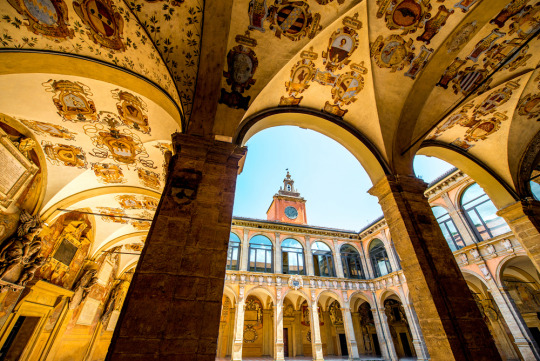
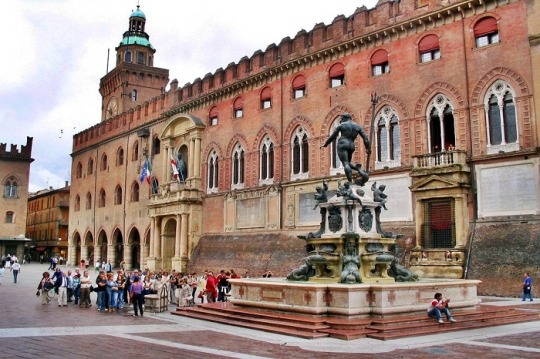
♑Capricorn: BRUSSELS, Belgium
Brussels is home to the "Atomium": The Atomium is a unique architectural structure in Brussels that was built for the 1958 World Exposition. It is designed to represent an iron crystal magnified 165 billion times, and it has become an iconic symbol of the city.
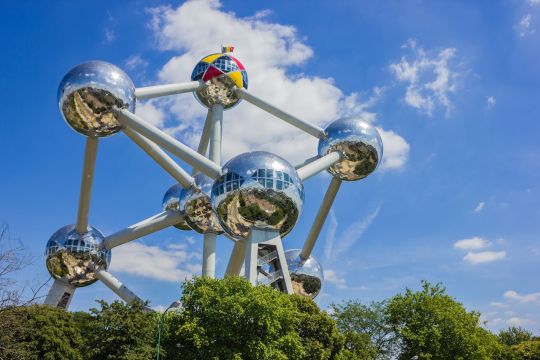
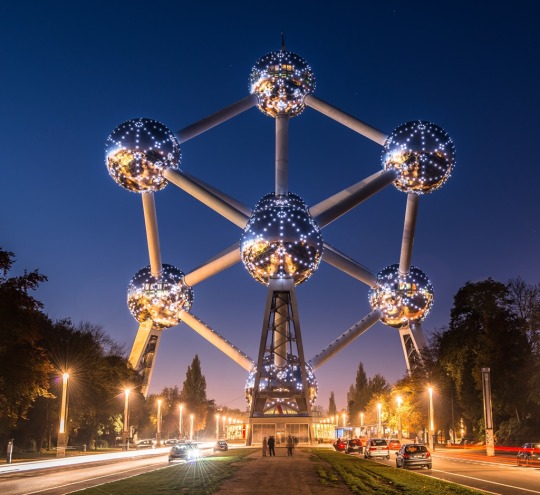
♒Aquarius: LOS ANGELES, California
LA is the birthplace of the Internet: The first successful transmission of a message over the Internet occurred on October 29, 1969, between two computers located at the University of California, Los Angeles (UCLA) and the Stanford Research Institute. This event is considered the birth of the Internet.
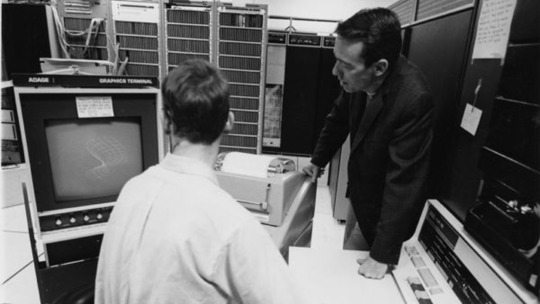

♓Pisces: GALICIA, Spain
Galicia is home to an ancient spiritual destination: The Way of St. James, also known as the Camino de Santiago, is a famous pilgrimage route that leads to the cathedral of Santiago de Compostela in Galicia. Every year, thousands of people from all over the world make the 780 km journey on foot, bicycle, or horseback. Many of them walk the route for spiritual reasons, while others enjoy the physical challenge and the opportunity to meet people from all over the world.
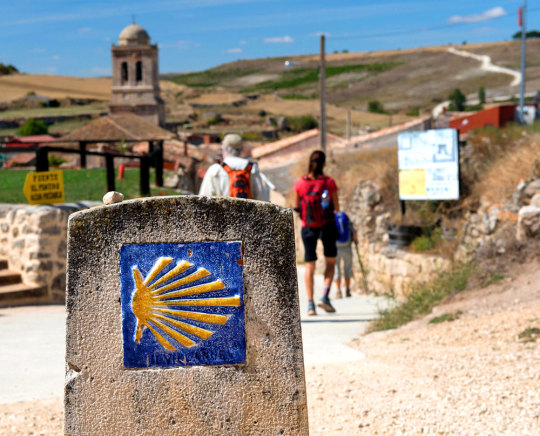
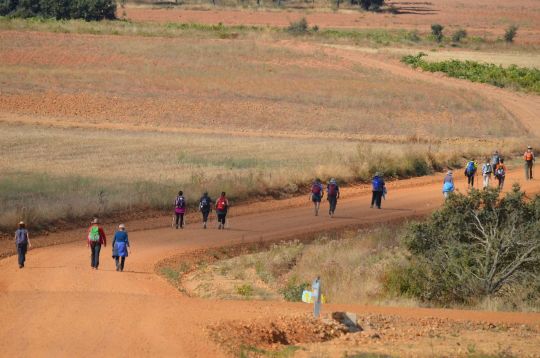
Now, that was a pleasure to put together! How do you feel about the fact/city for your sign? As a Virgo, I'd love to visit the Moscow library, but as a weird/edgy fashion sucker, Tokyo seems like a whole lot of fun! Also, the Aries one made me LOL! Y'all just can't stop fighting, can you? 😂
Which fact/city is your favorite one(s)? Let me know down below! 🖤
- Foxbörn
ᴍᴀꜱᴛᴇʀʟɪꜱᴛ 1
ᴄʜᴀʀᴛ ʀᴇᴀᴅɪɴɢꜱ
ᴡᴀɴᴛ ᴛᴏ ʙᴜʏ ᴍᴇ ᴀ ᴄᴏꜰꜰᴇᴇ?
#astro notes#astrology#astro observations#astrology notes#birth chart#zodiac#astro community#zodiac signs#horoscope#aries#taurus#gemini#cancer#leo#virgo#libra zodiac sign#scorpio#sagittarius#capricorn#aquarius#pisces#travel
136 notes
·
View notes
Text
Changing the subject slightly, did you know that Auguste Bartholdi consulted Eiffel on how to make the inner structure of the Statue of Liberty? Cause the outer copper was so heavy that he needed a similar structure to the tower inside for support
Also the Statue of Liberty museum on Liberty Island is annoyingly pretentious about how Americans call it the Eiffel Tower imo
there’s no way humans could build the Eiffel Tower
31K notes
·
View notes
Text
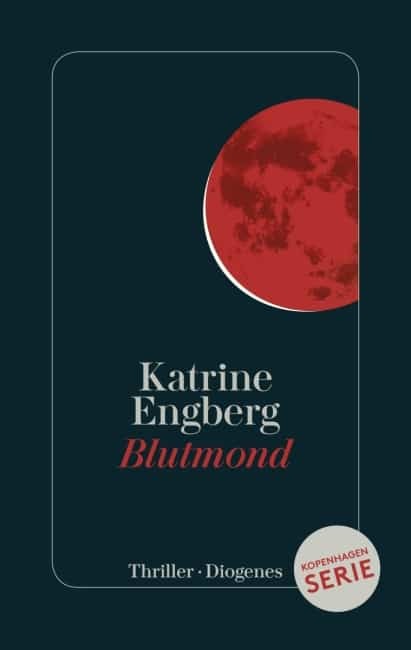
Klappentext: Aus dem Dänischen von Ulrich Sonnenberg Es ist ein klirrend kalter Januar. In den prunkvollen Sälen des Geologischen Museums trinken sich die Größen der Modewelt warm für die Copenhagen Fashion Week, als draußen im Schnee der Designer Bartholdy unter Qualen zusammenbricht. Jeppe Kørner und Anette Werner ermitteln in dem Fall. Jeppe ist zurück von einem längeren Urlaub in Australien, doch die Erholung hält nicht lange an. Denn Jeppes bester Freund ist seit dem grausamen Mord an Bartholdy unauffindbar. Bei Blutmond, heißt es in Afrika, befinden sich Sonne und Mond im Krieg. Und Unruhe und Veränderung stehen der Erde bevor. Die Copenhagen Fashion Week steht also unter keinem guten Stern, als sie kurz vor dem astrologischen Großereignis mit einer rauschenden Party eröffnet wird. Noch in derselben Nacht stirbt vor den Augen einer afrikanischen Prostituierten der Modezar Alpha Bartholdy, ein Mann, der in Kopenhagen bekannt ist wie ein bunter Hund – und den auch Polizeiassistent Jeppe Kørners bester Freund gut kannte. Mehr als gut kannte. Katrine Engbergs zweiter Fall für Jeppe Kørner und Anette Werner führt hinter die Kulissen der Haute Couture. Im Trubel der Aftershowpartys und im Dunkel des skandinavischen Winters begegnen die Ermittler vielen schillernden Figuren, aber auch manch einsamer Seele. Rezension: Katrine Engberg schätze ich als Thriller Autorin ja seit ihrem Debüt „Krokodilwächter“. Nun kommt der zweite Band der Kopenhagen Thriller rund um Jeppe Kørner und Annette Werner. Es beginnt, wie es wohl überall beginnen könnte - mit einer Prostituierten, die gerade von ihrem Freier ohne bezahlt zu werden stehen gelassen wird, und neben der ein wie ein Obdachlos aussehender Mann um Hilfe wimmert. Es stellt sich heraus, dass dieser „Obdachlose“, den man erst am nächsten Tag gefunden hat, der Modezar Alpha Bartholdy war. Es kommt auch raus, dass er mit Abflussreiniger umgebracht wurde. Dies geschieht ausgerechnet während der Modewoche in Kopenhagen. Mit von der Partie ist der beste Freund von Jeppe Kørner, der berühmte Schauspieler Johannes, der mit Alpha Bartholdy eine Affäre hatte, der aber mit Rodrigo verheiratet ist. Dazu kommt noch eine weitere Freundin, die auch mit dem Abflussreiniger umgebracht wird und alles weist immer mehr in die Richtung der Radiosendung Mads und das Monopol, wobei dies vor allem Esther de Laurenti auffällt. Esther de Laurenti kennt man schon aus dem „Krokodilwächter“. Sie ist mittlerweile umgezogen und lebt mit Gregers zusammen. Sie verbindet eine Freundschaft mit Jeppe und so tauschen sie sich immer wieder aus. Der Thriller, versteht immer mehr zu fesseln. Ich habe immer wieder neue Verdächtige aufgenommen, wieder gestrichen und dann doch wieder als Verdächtige aufgenommen, außerdem stellt man immer wieder fest, dass fast jeder Dreck am Stecken hat und es gibt mehrere Beweggründe, warum man den anderen umbringen möchte. Dazu gibt es noch Liebesverwirrung zwischen Jeppe, einer Kollegin seiner Exfrau und einer Studentin, die er im Urlaub in Australien kennengelernt hat. Ich denke ihr merkt schon, auf den 480 Seiten gibt es ein paar Tote, etwas Gefühlschaos, einen Brand und einen kniffligen Fall mit wirklich tollen Figuren. Mir kommen allerdings die beiden Rentner, Esther und Gregers, zu wenig vor, da diese beiden dem Thriller noch etwas persönlicheres geben, so den besonderen Touch. Aber wie gesagt, es passiert viel in dem Thriller, ohne überladen zu wirken, mit einem gewissen Anspruch. Es würde mich freuen, dem Team um Jeppe Kørner noch ein paar Mal zu begegnen. Es sind gewisse Spannungen zu spüren, die auf eine weitere Entwicklung hoffen lassen. Ich bin immer wieder fasziniert, welche Ideen Katrine Engberg entwickelt, wie sie Menschen um die „Ecke“ bringt. Dies bezieht sich nicht nur auf beiden Morde, die Jeppe und Annette untersuchen, den wie gesagt, es passiert noch viel mehr im Positiven wie im Negativen. Ich kann auch den zweiten Band dieser Reihe ohne wenn und aber empfehlen, wenn man auf intelligente und anspruchsvolle Thriller steht. Titel: BlutmondAutorin: Engberg, KatrineBand: 2ISBN: 9783257245318Verlag: Diogenes VerlagPreis: 14,00€Erscheinungsdatum: 20. März 2020 Bei unseren Partnern bestellen: Bei Yourbook.shop bestellen. Bei Genialokal.de bestellen. Bei Hugendubel.de bestellen. Bei Thalia.de bestellen. Die Buchhandlung Freiheitsplatz.de unterstützen! Die Büchergilde FFM unterstützen! Read the full article
0 notes
Text
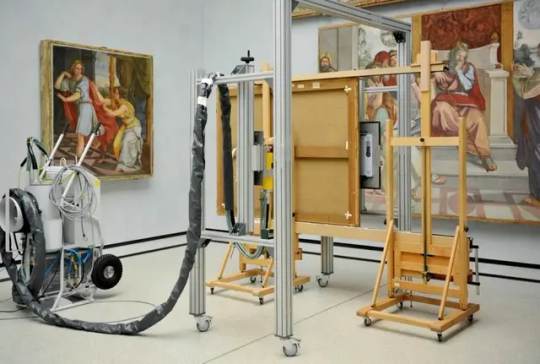
Die Röntgen-Anlage der BAM im Casa-Bartholdy-Saal der Alten Nationalgalerie. © Staatliche Museen zu Berlin / Nationalgalerie / Fotograf: Andres Kilger
0 notes
Text
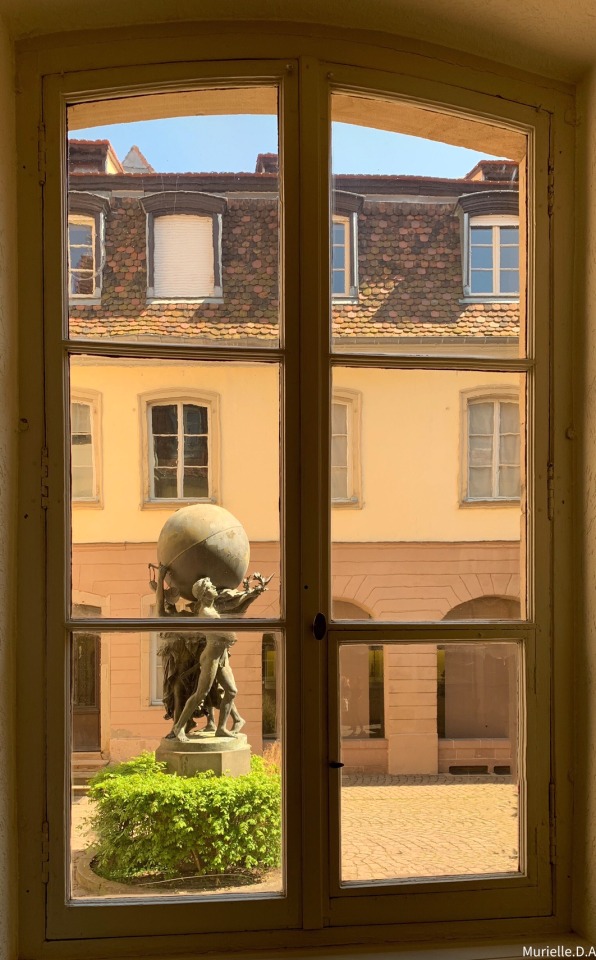
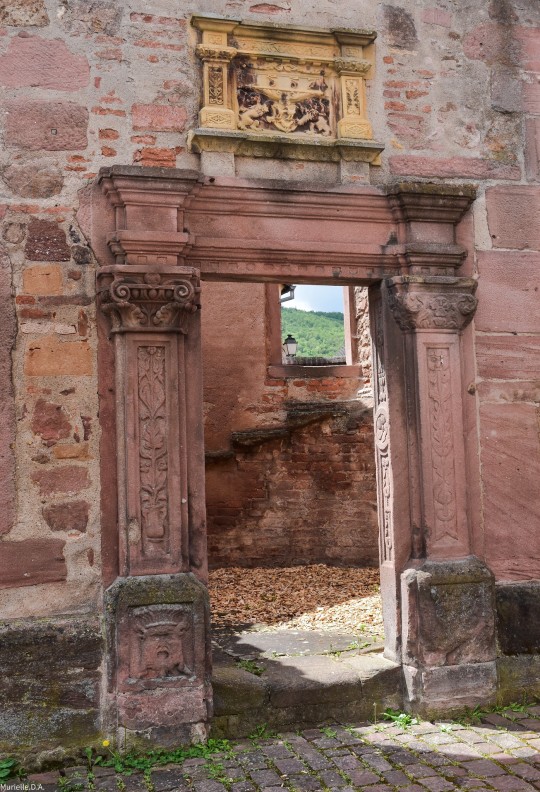
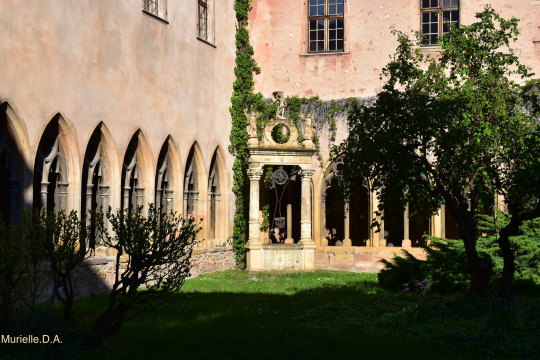
Le Haut-Rhin. (2) (3) by Murielle Danieli
Via Flickr:
(1) Cour du musée Bartholdi. Courtyard of the Bartholdi Museum. (2) Restes de l'ancien hôtel de ville datant de 1552. L'ancien hôtel de ville était l'un des plus beaux fleurons de l'architecture Renaissance à Ammerschwihr avant sa destruction par les bombardements de décembre 1944. À l'heure actuelle, seule subsiste la façade du rez-de-chaussée conservée comme monument commémoratif du martyre de la cité. Remains of the old town hall dating from 1552. The old town hall was one of the most beautiful jewels of Renaissance architecture in Ammerschwihr before its destruction by the bombings of December 1944. Currently, only the facade of the ground floor remains, preserved as a memorial to the martyrdom of the city. (3) Cloître du musée Unterlinden. Cloister of the Unterlinden Museum.
1 note
·
View note
Photo
from nps.gov
"Overview: Located on a 12 acre island, the 'Statue of Liberty Enlightening the World' was a gift of friendship from the people of France to the people of the United States and is a universal symbol of freedom and democracy. The Statue of Liberty was dedicated on October 28, 1886, designated as a National Monument in 1924 and restored for her centennial on July 4, 1986.
Designed by Frederic Bartholdi, the statue came to symbolize freedom for immigrants. Nearly 12 million immigrants passed though neighboring Ellis Island. Ellis Island was reopened to the public in 1990 as the country's primary museum devoted entirely to immigration.
The statue is of a female figure standing upright, dressed in a robe and a seven point spiked rays representing a nimbus (halo), holding a stone tablet close to her body in her left hand and a flaming torch high in her right hand. The tablet bears the words "JULY IV MDCCLXXVI" (July 4, 1776)..."
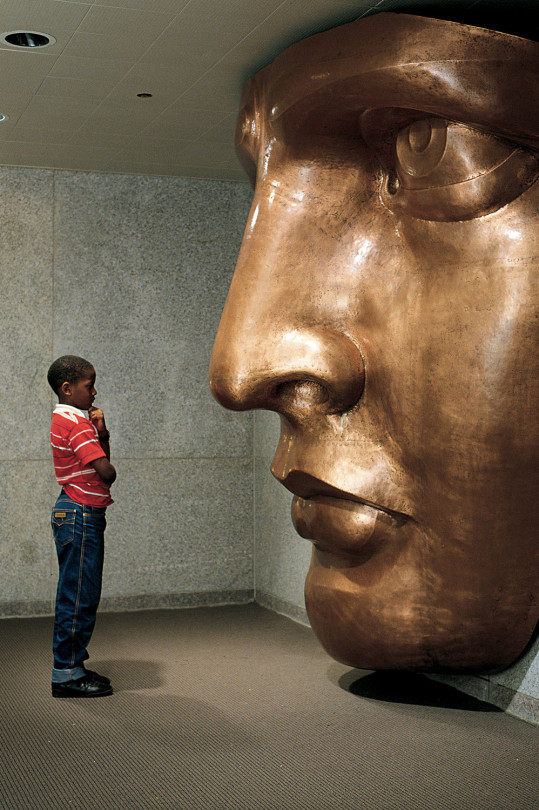
An homage to freedom, the Statue of Liberty stands tall in 1986, reinterpreted by Chermayeff & Geismar Associates. A beacon on New York’s skyline.
404 notes
·
View notes
Text
Iconic Gems of New York City: Statue of Liberty, Brooklyn Bridge, and The Metropolitan Museum of Art.
New York City, the vibrant and diverse metropolis, is an epitome of American history and culture. Among its many treasures, three iconic landmarks stand tall, each telling a unique story of the city's past and present. In this blogger post, we will explore the Statue of Liberty, Brooklyn Bridge, and The Metropolitan Museum of Art, delving into their significance, history, and impact on the city's identity.
The Statue of Liberty:
As a symbol of freedom and democracy, the Statue of Liberty stands majestically on Liberty Island, overlooking New York Harbor. This colossal copper statue, gifted by France to the United States in 1886, was designed by Frédéric Auguste Bartholdi. The statue's crown represents the seven seas and continents, emphasizing the notion that liberty should extend beyond national borders. Visitors can explore the pedestal and museum, learning about the statue's history and the importance it holds as an emblem of hope and opportunity for immigrants arriving in the United States.
Brooklyn Bridge:
The Brooklyn Bridge, an engineering marvel of its time, connects Manhattan and Brooklyn over the East River. Completed in 1883, it was the longest suspension bridge at that time, and its construction marked a turning point in New York City's growth and connectivity. Designed by John A. Roebling and later completed by his son, Washington Roebling, the bridge's neo-Gothic towers and intricate steel cables captivate visitors and locals alike. A stroll or bike ride across the bridge offers breathtaking views of the Manhattan skyline, making it an iconic spot for photographers and travelers seeking an unforgettable experience.
The Metropolitan Museum of Art:
Located on the eastern edge of Central Park, The Metropolitan Museum of Art, fondly known as "The Met," houses one of the most extensive and diverse art collections in the world. Founded in 1870, this cultural institution showcases over two million works of art spanning over 5,000 years of history. From ancient artifacts and classical masterpieces to contemporary art and rotating exhibitions, The Met offers a comprehensive and enriching cultural experience. Art enthusiasts and history buffs will find themselves immersed in a world of creativity, learning, and inspiration within the museum's grand halls.
For more information:
+91 8448464434
www.tourhawker.com
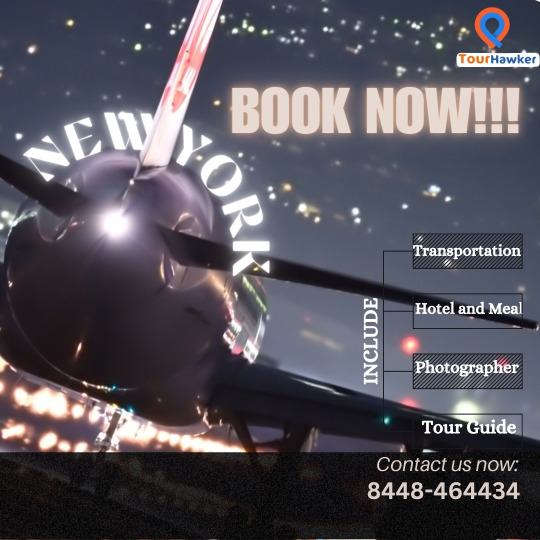
#newyork#newyorkcity#NewYorker#newyorknewyork#NewYorkFashionWeek#newyorkfashion#newyorklife#newyorkphotographer#newyorkcomiccon#newyorkstyle#newyorkyankees#newyorkart#newyorkstateofmind#newyorkmodels#NewYorkers#newyorktimes#newyorkhair#newyorkstate#newyorkcitylife#NewYorkHipHop#newyorkgiants#newyorkmodel#NewYorkPhotography#newyorkhairstylist#newyorkartist#newyorkexplored#newyorkmets#NewYorkStylist#newyorkfood#newyorklike
0 notes
Text
Back in Colmar
I ended up with two stays in Colmar, really too much time for me. So while I wandered through the old city a couple more times, i really didn't have much I really wanted to do or see.
I did go to the Frédéric Bartholdi museum. Bartholdi was the sculptor who did the Statue of Liberty. Like most Americans that's about all I knew about him. He was born in Colmar and the family home is preserved as the Bartholdi Museum. He was a successful sculptor and did a number of monumental works.
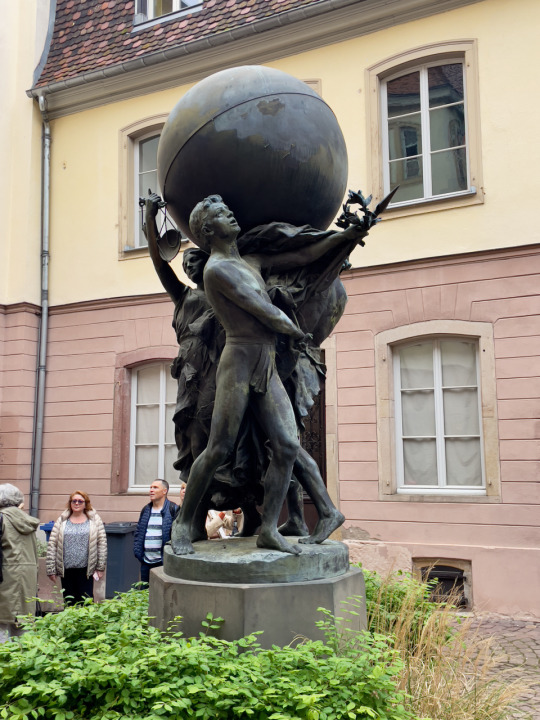
Other than that I just wandered. I went through the small covered market again. It's certainly not extensive having just one or two venders of each type, but the quality and presentation are what I'd expect.
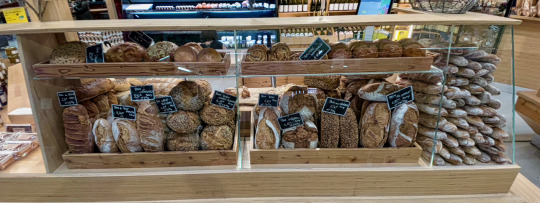
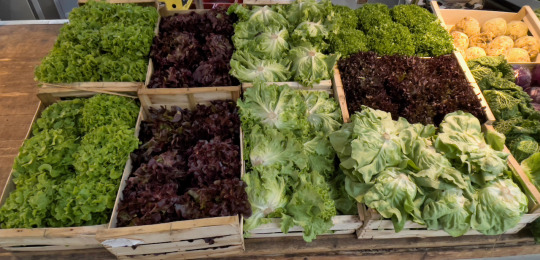
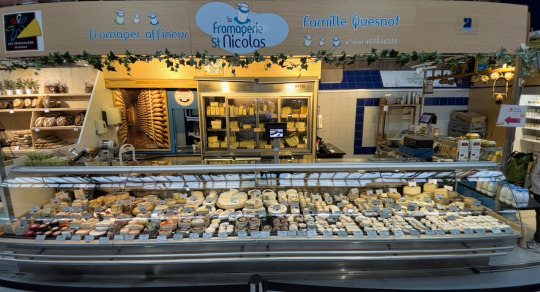
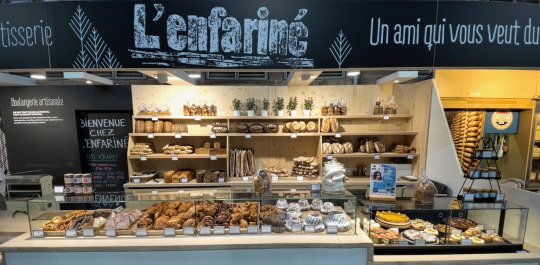
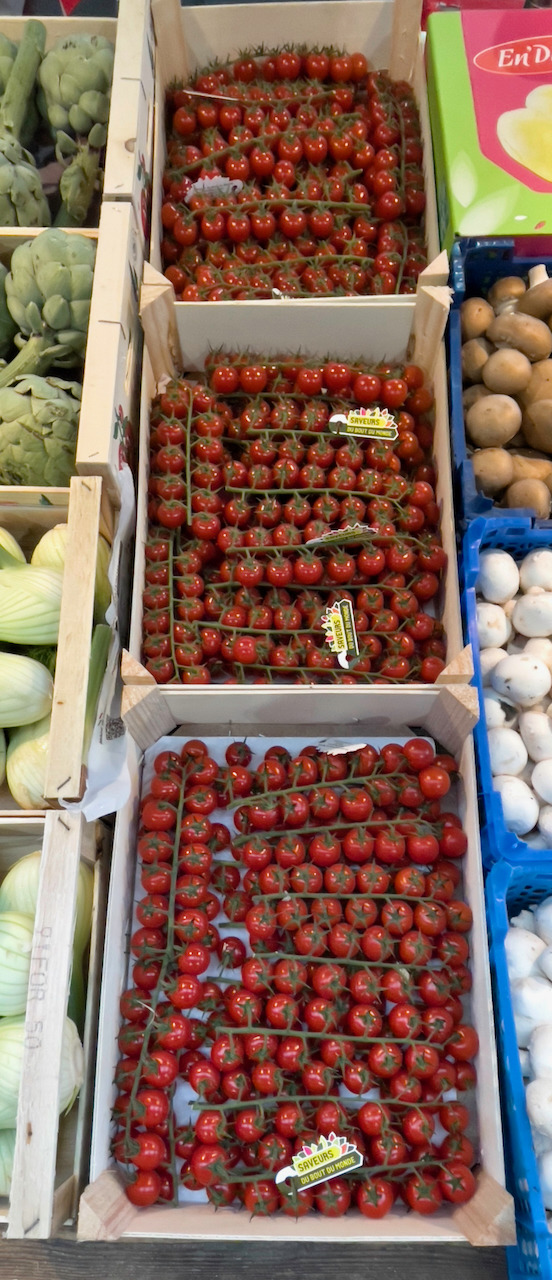
I'm still amazed at everything in bloom.
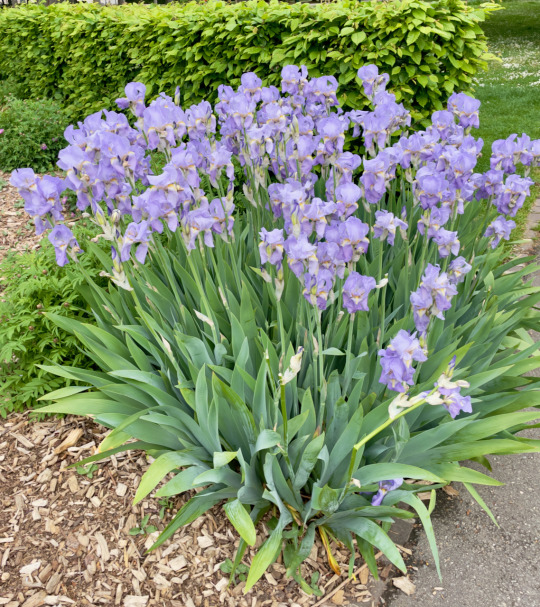


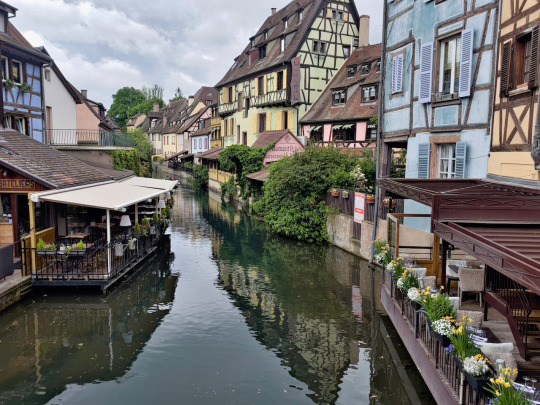
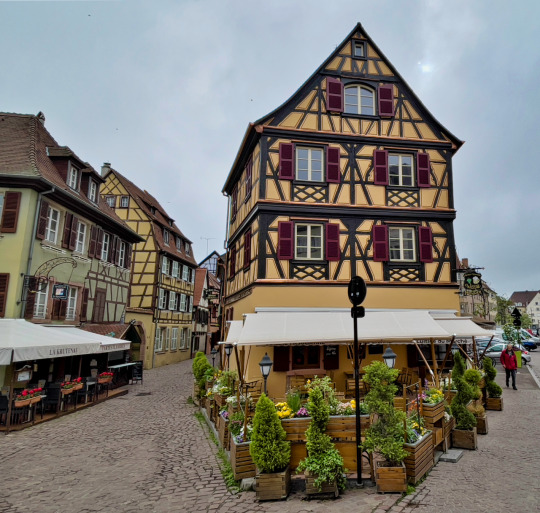
Its always interesting to watch people work. They are repaving the streets around the cathedral; all with hand-laid stone, of course.
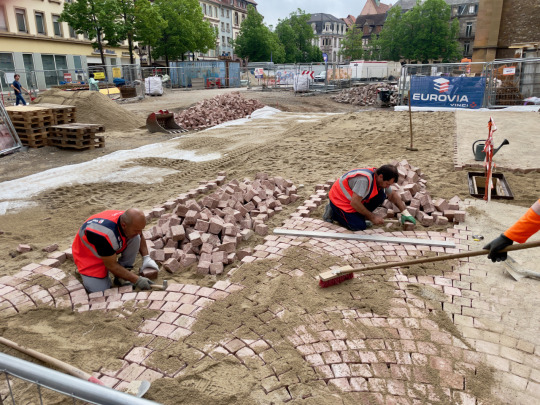
By afternoon it was raining, so I had a lazy, rather dull day. Tomorrow I go to Strasbourg for two days then head home.
0 notes
Text
France Sculpture and Figures
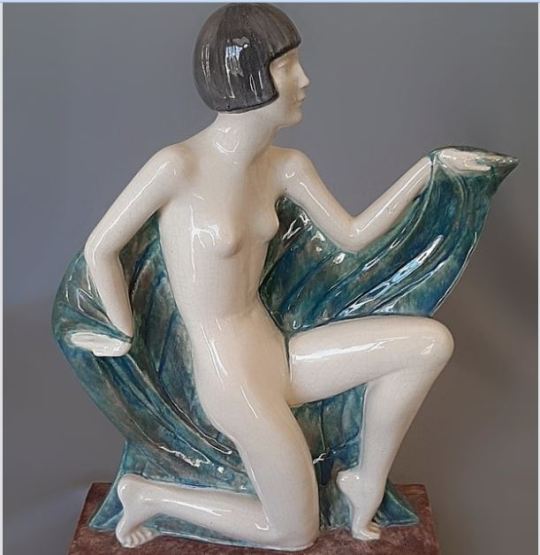
France Sculpture and Figures
France is known worldwide for its rich cultural heritage, including its impressive collection of sculptures and figures. Throughout history, French sculptors have produced some of the most iconic works of art, influencing and inspiring artists worldwide.

Introduction
Sculpture and figures have been integral to French culture since ancient times. French sculptors have created a wide range of styles and designs from the prehistoric era to the present day, making France one of the world's leading sculpture centers.
French Renaissance Sculpture
The French Renaissance period, from the 15th to the early 17th century, was characterized by the revival of classical learning and the arts. French sculptors during this time created highly realistic, expressive, and anatomically correct sculptures. One of the most famous French Renaissance sculptures is the statue of Diane Chasseresse by Jean Goujon, located in the Louvre Museum. Art glass chandelier, Art glass lighting chandeliers, Chandelier opalescent glass, Opalescent glass, Art deco pendant , Art deco pendant chandelier, Glass chandelier art, Art deco ceiling light, Freres art deco, Art nouveau pendant
Baroque Sculpture in France
French sculptors adopted a more ornate and exquisite style during the Baroque period in the 17th and 18th centuries. The sculptures of this period often featured exaggerated movements, intricate details, and dramatic expressions. Notable Baroque sculptures in France include the marble sculptures of the Four Seasons by François Girardon, located in the gardens of the Palace of Versailles. Muller Freres, Petitot, Schneider, Hettier ey Vincent, Genet et Michon, Original antique, art deco, opalescent glass, pressed glass, Maynadier, Mouynet, Sabino, abstract motifs, Geometric design, linear design, Leleu, Poillerat. https://www.gdlgartdeco.com
Neoclassical Sculpture in France
In the late 18th and early 19th centuries, French sculptors were influenced by the neoclassical movement, which drew inspiration from ancient Greece and Rome. Clean lines, classical poses, and an emphasis on heroic figures characterized the neoclassical sculptures. The most famous neoclassical sculpture in France is the statue of Napoleon Bonaparte by Antonio Canova, located in the Musée Napoléon in Paris.
Modern and Contemporary Sculpture in France
The 20th century saw a significant shift in French sculpture, as artists began to explore new styles and techniques. Modern and contemporary French sculptures include a wide range of abstract and figurative styles, often made from unconventional materials such as metal, glass, and plastic. Some of the most famous French modern and contemporary sculptures include Le Pouce (The Thumb) by César Baldaccini and L'Ecoute (The Listening) by Henri de Miller.
Famous French Sculptures and Figures
France is home to some of the world's most famous sculptures and figures, many of which are icons of French culture. The Thinker by Auguste Rodin is one such sculpture in the Musée Rodin in Paris. Another famous sculpture is the Venus de Milo, discovered on the island of Milos in Greece, and it is now on display at the Louvre Museum. La Liberté éclairant le monde, commonly known as The Statue of Liberty, was created by the French sculptor Frédéric Auguste Bartholdi and gifted to the United States in 1886 as a symbol of freedom and democracy. The Arc de Triomphe, located at the western end of the Champs-Élysées in Paris, is another iconic French sculpture celebrating the French army's victories and the French Revolution's fallen soldiers.
0 notes
Photo
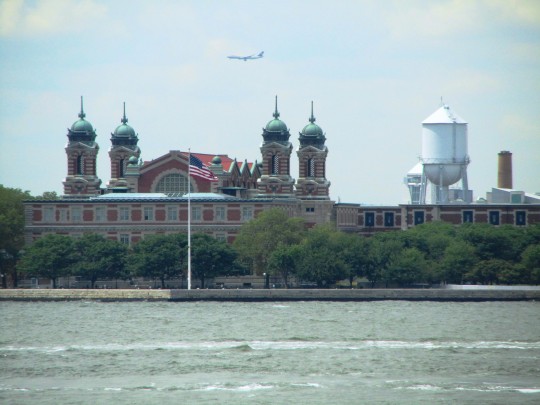

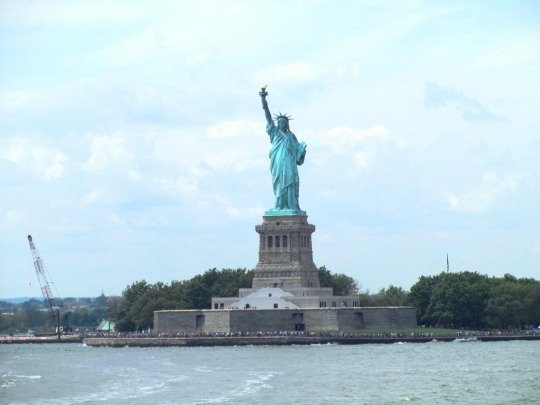
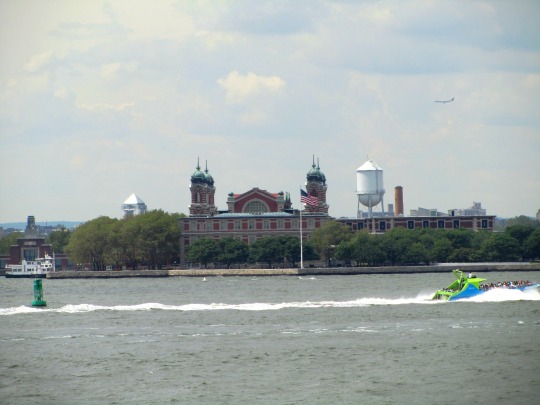
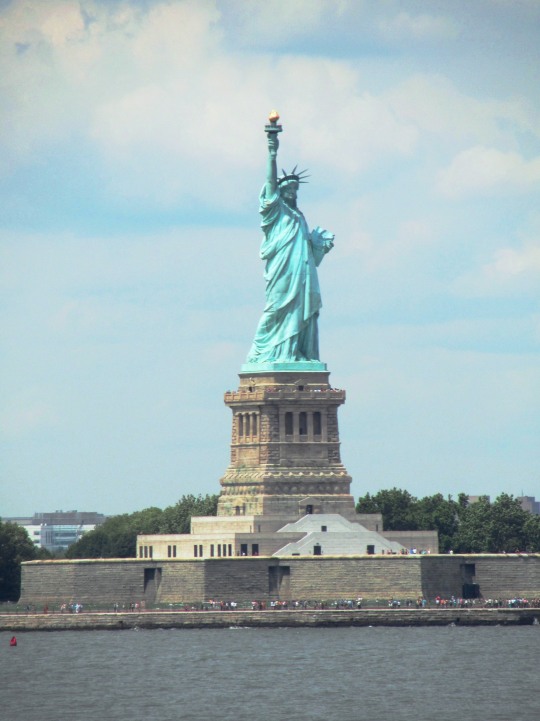
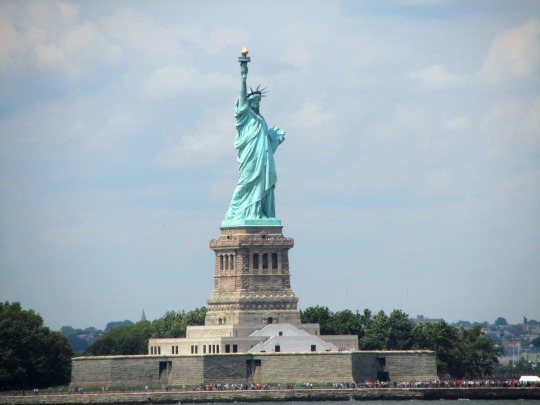
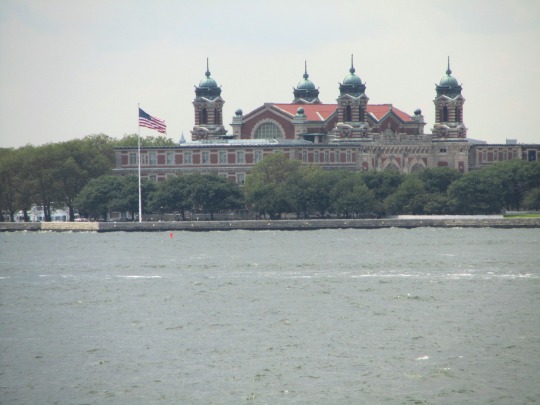

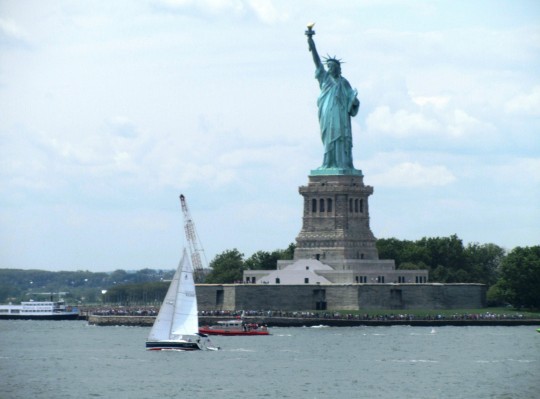
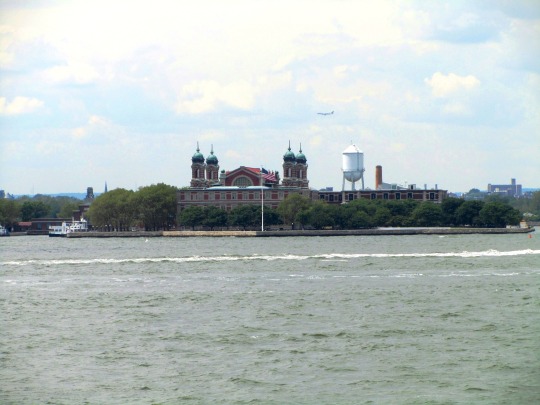
Ellis Island was made part of the Statue of Liberty National Monument by proclamation of President Lyndon Johnson on May 11, 1965
#Ellis Island Immigration Museum#part#Statue of Liberty National Monument#USA#11 May 1965#55th anniversary#US history#architecture#landmark#New York Harbor#Renaissance Revival#Statue of Liberty#Gustave Eiffel#William Alciphron Boring#Edward Lippincott Tilton#James Knox Taylor#Frédéric Auguste Bartholdi#New York City#summer 2013#original photography#tourist attraction#Staten Island Ferry#on board
2 notes
·
View notes
Text
Thursday, 19th September 2019 – Voegtlinshoffen, Colmar
Voegtlinshoffen is a tiny village which is not one of the half-timbered confections that so many Alsace villages are, because most of those were destroyed in the course of the Thirty Years’ War and rebuilt afterwards in a more simple style. What is does have is a site that provides stunning views across the Rhine and beyond to the Black Forest and, on clear days, the Alps. What is does have are some excellent wines, including the Hatchbourg grand cru, and it was that which brought us to the village on another gloriously sunny day.
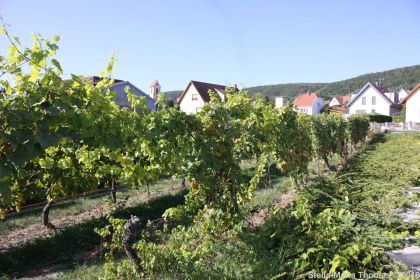
We’d begun with a delicious breakfast (including a glass of crémant) at the Hostellerie le Marechal, and then checked the car to see if anything had fallen off after our encounter with the ironwork the day before (nothing seemed to have done, but there was a rattle that suggested the exhaust system might have been compromised) so we undertook the 15 minute drive to Voegtlinshoffen and the cellar visit organised by the hotel for us.
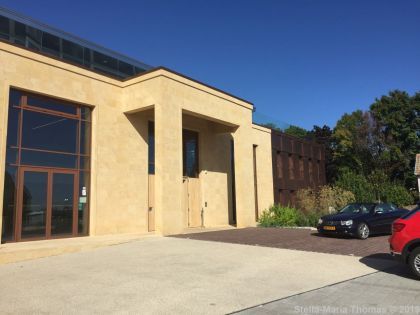
We were going to see a specialist in the crémant on offer at breakfast, Joseph Cattin, where the family have been making wine since 1720. It all started with François Cattin, who was Swiss, and who settled in the village where he was also a builder. They are 11 generations in now and still going strong as one of the largest family owned vineyards in Alsace.

In 1850 they shifted to wine making exclusively, with Joseph taking over the family-owned Estate just as phylloxera hit at the end of the 19th century. Joseph dedicated his time to finding was to fight this plague, becoming a pioneer of Alsacien viticulture. Meanwhile his brother headed off to Paris and set up a restaurant called La Cigogne (the Stork) which served Alsacien gastronomy to well heeled Parisians and foreign guests, acting as a shop front for the wines his brother was making.
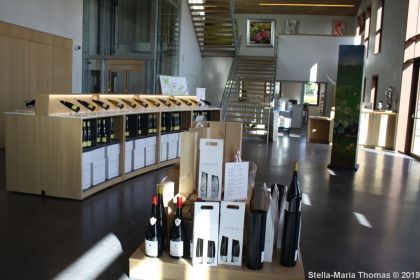
Almost a century later the 10th generation modernised the estate and started worldwide exports of their products. It’s now being run by Jacques Cattin Junior, who has been in charge of winemaking since 2007, and his wife Anaïs, who runs the international sales department. What they now have is a fantastic range of wines, and a modern winery that includes a rooftop bar where you can try the wines alongside plates of charcuterie and cheeses. We were taken round by the charming Marianne, who showed us around the original winery, where we could see both the old wooden barrels and the hyper-modern temperature controlled stainless steel tanks.

They even have pipes running under the road to enables the grapes to be crushed on one side of the road in what looks like the original building, and then run straight into the stainless steel tanks in the building on the other side of the road! It’s a most impressive set-up and the wines they produce reflect that.
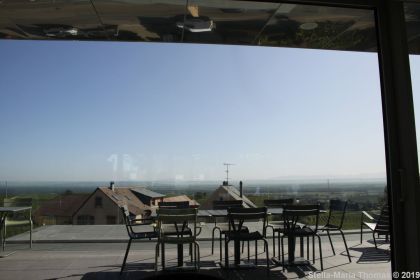
After our visit, and an explanation of many of the processes, we sat down with Marianne to try a number of wines. Even using the spittoon, after we got through it seemed like a good idea to get something to eat, and where better than the rooftop bar, the Belvedere, with its phenomenal views over the surrounding landscape. It would also give us the opportunity to discuss which of the wines we’d tried we actually wanted to buy.
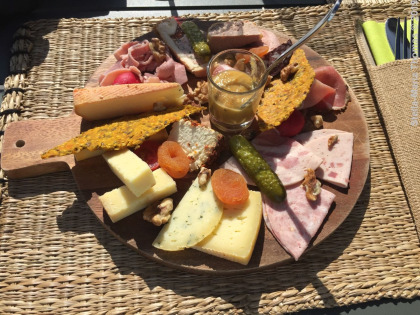
A plate of charcuterie and cheese later (and a free glass of wine with lunch) and we were ready to shop. 6 boxes of wine later we were helped to load the car (after a swift unload to make sure everything went in in the right order) and presented with a bottle of wine that Marianne said was her favourite crémant to add to the haul we’d paid for. We were liking this free wine thing! We were ready to pick our way carefully back to Colmar for the rest of the day.
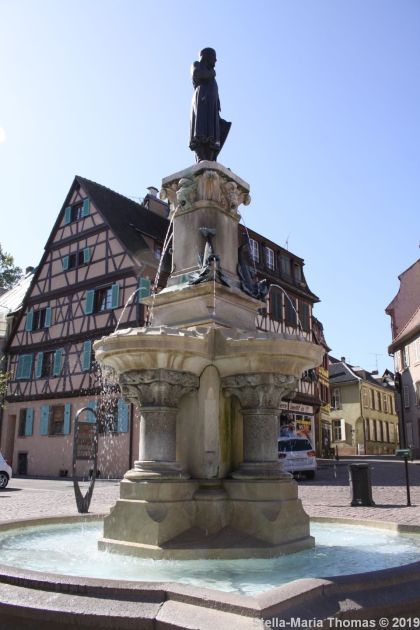
Having dropped the car back in the car park, we headed into town to hunt down the Tourist Information office to see what information we could pick up. We kept on getting sidetracked though because Colmar is jaw-droppingly lovely and there were oddities round every corner, like the giant soft toy gingerbread man! At least we understood that gingerbread is very much an Alsace thing. There are those who claim that the crusaders brought it back to Europe, but how true that is I have no idea. Also that the Chinese started it, with Mi-Kong (“honey bread), a delicacy made from wheat flour and honey, fragranced with aromatic plants and baked in the oven. Whatever the case, Alsaciens like it, and it’s everywhere, even made into liquers and spirits that can be added to crémant to make a kir!
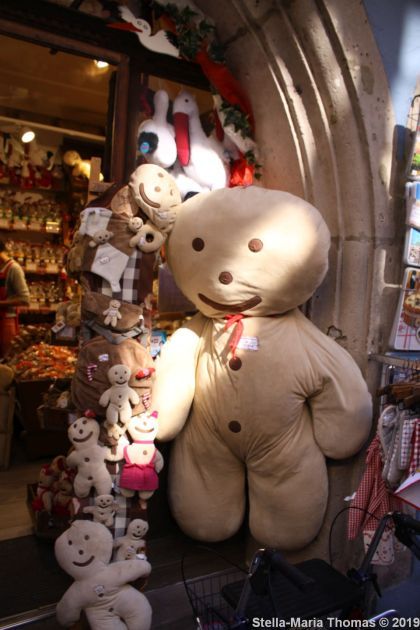
There was an artisans’ market going on in the former Customs House (the Koifhus) which detained us for a while, both looking at what was on offer and getting a look inside the building. It was planned in 1433, and the current building dates to 1480 and two more buildings were added in the 16th century. The condition of the building in the 19th century was so poor that it came close to being demoloshed, but instead it was restored in the late 1890s, when a turret and glazed tiles were added. It was renovated again in 2002 to replace the Renaissance style sandstone balustrade which was removed in 1976. It was used as a warehouse and as a place of taxation for imported and exported goods as well as for meetings of the representatives of the Décapole, the federation of the 10 imperial cities of Alsace. Today it was being used to display a range of attractive good including some glassware that really caught my eye.
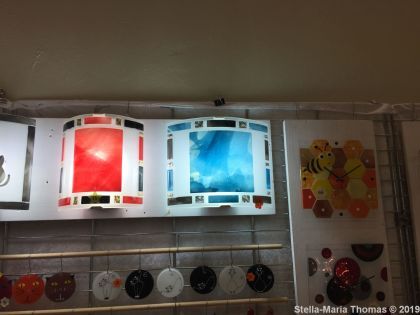
We stopped off to look at the collegiate church of Saint Martin. It dominates the square on which it sits and is as impressive inside as outside. The building itself was constructed between 1235 and 1365 and is a brilliant example of Gothic architecture in Alsace. Needless to say with a city as closely packed as Colmar is, there have been frequent fires, and in 1572 the framework of the south tower and all the roofs were destroyed, so what you can see now is much more modern. It has also undergone several restorations, the most recent in 1982 which gave the archaeologists a chance to have root around. They found foundations of a 1000 year old church as well as traces of extensions from the 11th and 12th centuries.
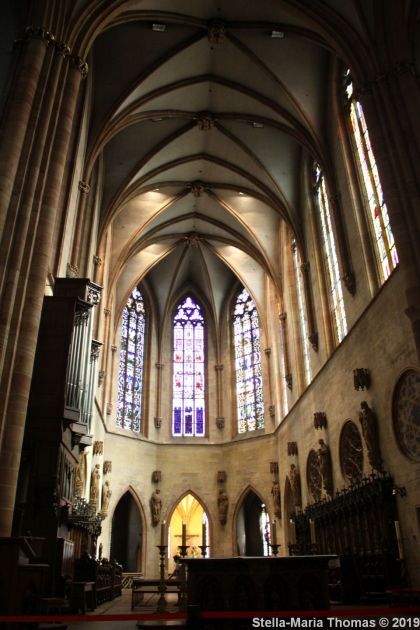
It’s an interesting church and there are a number of features that are quite surprising to the modern visitor, including the anti-semitic and downright offensive so-called “Judensäue, a testament to the troubled history of the Jews in Alsace, that came to a ghastly climax in 1349, when they were accused of causing plague by poisoning the wells. On February 14 several hundred Jews were massacred during the Strasbourg pogrom and any remaining Jews were forbidden to settle in the town, being reminded every evening at 10 o’clock by a bell and a municipal herald blowing the “Grüselhorn” that they had to leave. I’m guessing the only reason they stayed in the surrounding towns was the lack of anywhere else they could go, if the prevailing attitude was so vile.
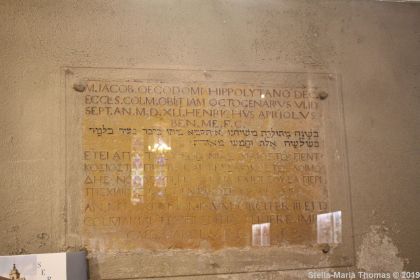
The interior is quite plain, having lost a lot of its furniture during the French Revolution, but it does still have one of the many Baroque organs built by Johann Andreas Silbermann that are everywhere in the region. There are also a nubmer of medieval altars and statues, and a rare Gothic stained glass window of a beardless Christ. The Isenmann altarpiece, of which more in another post, was originally here as well. In 1462 the municipal painter Caspar Isenmann was commissioned to paint a set of panels dedicated to the life of Christ and he completed the word in three years. In 1720 the altar was removed and the paintings were dispersed. The seven surviving panels have been in the Unterlinden Museum since 1853.
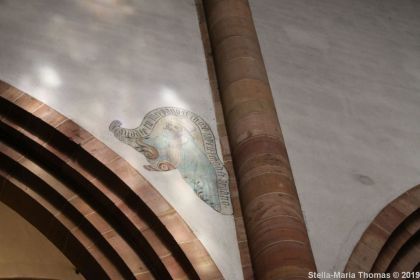
We eventually made it to the Tourist Information Office were we realised that for what we wanted to do, the Colmar City Card was actually a good deal. It was €32 each for seven days and gave you access to all the museums (six of them, and you could visit as often as you wanted) as well a trip on one of the tourist trains and a boat trip. We went for it, and then decided we’d have a gentle ride round town on the tourist train straight away. I know some people think they’re a waste of effort but I find them a useful way of getting my bearings, as well as a good excuse to have a sit down…
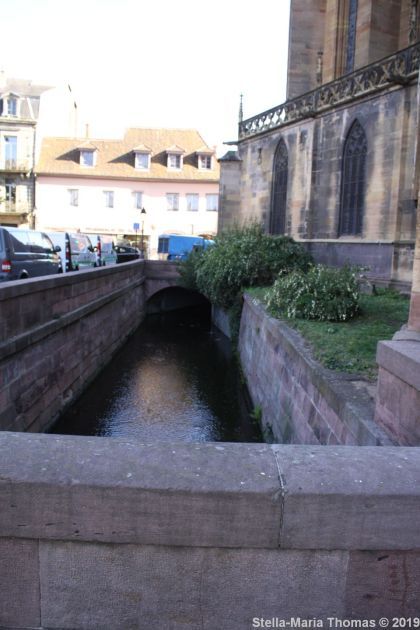
Afterwards we decided that we had time for one of the museums. We opted for the Musée Bartholdi.
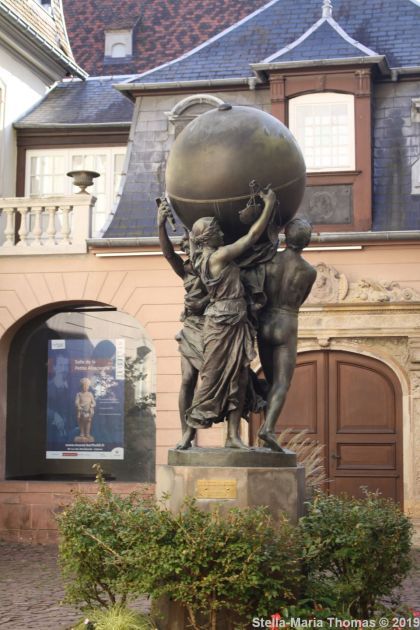
It’s a museum dedicated to the French sculptor Auguste Bartholdi, the man who designed the Statue of Liberty, among other colossal works. The house was his birthplace and is full of works by him. These include a lot of preparatory models for monuments that are actually in Colmar, many of which we would find during our stay. I hadn’t realised he also put forward a design for the fountain on the Quinconces in Bordeaux, and the museum had a model for one of the horses to prove it. What’s there is insane enough. Lord knows what he would have built given half a chance.
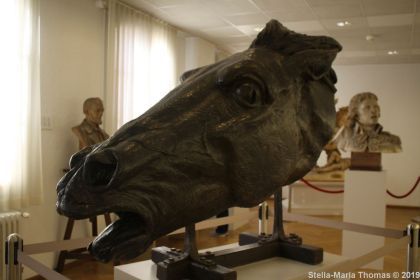
Bartholdi served in the Franco-Prussian War of 1870 as a squadron leader of the National Guard, and possibly as a liaison officer to Italian General Giuseppe Garibaldi. As an officer, he took part in the defense of Colmar from Germany, and after the Alsace’s defeat he constructed a number of monuments celebrating French heroism in the defence against Germany. One of those projects was the Lion of Belfort, which is huge. He didn’t do anything by halves, it seems.
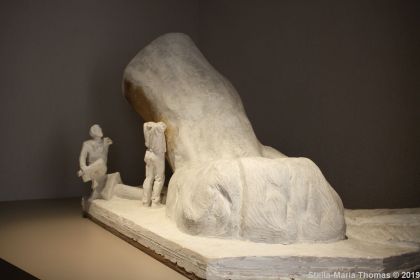
Then in 1871 he he went to the United States where he suggested the idea of a massive statue to be given by the French to the Americans in honor of the centennial of American independence. The result was “Liberty, Illuminating the World” as she’s more correctly known. There were lots of items telling the story of the design and construction, though sadly most of it is in French with no translation into any other languages. This seemed a bit of a shame, really, as it was fine for people like me, but I’m pretty sure a lot of visitors won’t be able to read French and could probably do with some help to understand exactly what was going on.

We stepped back out later having learned something new, which is never a bad thing. It was time though to quit for the day and go back to the hotel for dinner. The area round the hotel was looking especially lovely so we decided we’d step out from the hotel to look for an aperitif later on.
Travel 2019 – Alsace and Baden, Day 7, Voegtlinshoffen, Colmar Thursday, 19th September 2019 - Voegtlinshoffen, Colmar Voegtlinshoffen is a tiny village which is not one of the half-timbered confections that so many Alsace villages are, because most of those were destroyed in the course of the Thirty Years’ War and rebuilt afterwards in a more simple style.
#2019#Bars#Churches#Collegiate Church of Saint Martin#Colmar#Cooking#Drink#Europe#Food#Food and Drink#France#History#Hospitality#Hostellerie Le Maréchal#Hotels#Joseph Cattin#Musee Bartholdi#Museums#Restaurants#Travel#Voegtlinshoffen#Wine
6 notes
·
View notes
Photo
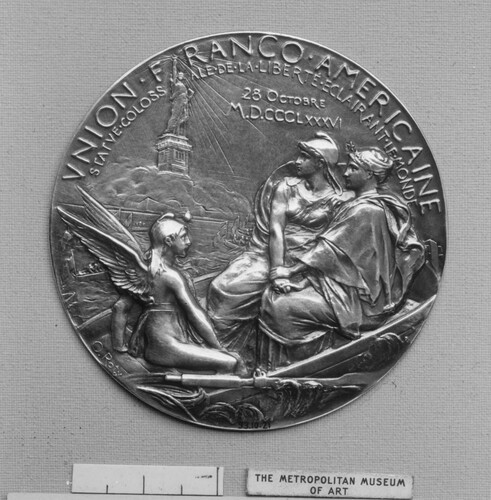
The Gift of the Bartholdi Statue of Liberty by the French to the American Republic, 1886, Louis-Oscar Roty, 1886, Metropolitan Museum of Art: European Sculpture and Decorative Arts
Gift of Samuel P. Avery, 1893 Size: Diameter: 2 11/16 in. (68 mm) Medium: Bronze, silvered, struck (obverse only)
https://www.metmuseum.org/art/collection/search/187516
10 notes
·
View notes
Text
Introduction: Baylee Rowena Ford
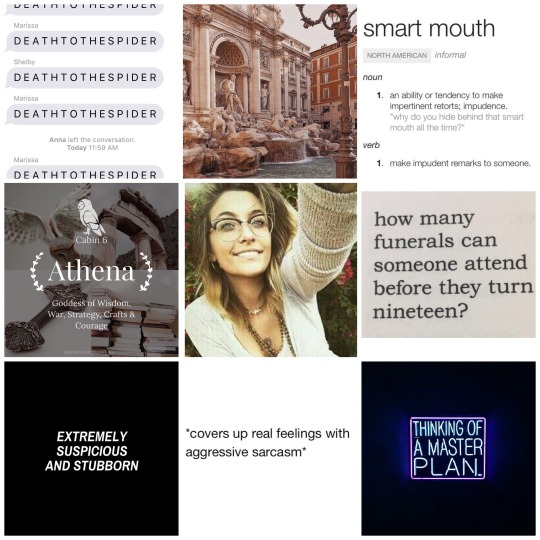
Name: Baylee Rowena Ford
FC: Paris Jackson
Nickname(s): Bay, Lee, Bay Bay, Last brain cell, Pinky, The Brain
Sexuality: Bisexual
Pronouns: she/her
Birthday: April 3, 1990
Height: 5’ 9
Hair color: Brown
Eye color: Grey
Place of Birth: Rome, Italy
Hobbies: reading ancient texts, restoring cars, painting, museum hopping
Likes: strategy plans, backup plans, peppermint oil, orange blossom, cinnamon rolls
Dislikes: spiders, Mr. D, Aphrodite cabin, bad grammar, closed-mindedness
Favorite Bands: Carmen Consoli, Max Gazze, Mannarino, Elvis, Enrique Iglesias
Physical Quirks/Scars: scars from sword practice, bites her nails when deep in thought
Family: Zeus (maternal grandfather), Metis (maternal grandmother), Christian Elias Ford (paternal grandfather), Elizabeth Elisa Ford (paternal grandmother)
Athena (mother), Henry Drew Ford (father)
Brynn Daniela Ford (aunt)
Daedalus, George Washington, Frederic Bartholdi, Malcom Pace (maternal half-brothers)
Eupalamus, Annabeth Chase, Alexandria Cantwood (maternal half sisters)
Friends: Devin Robyn Underwood, Joelle Olive Chapman, Lucian Greyson Grimes, Rainbow Aspen Rollins, Santos Drake Ababio, Luke Castellan, Percy Jackson, Tyson, Piper McLean, Jason Grace, Hazel Levesque, Leo Valdez, Frank Zhang
Love interest: none
Optimistic or pessimistic or realist
Introvert or extrovert
Favorite Animal: leopard
Favorite color: emerald green
Favorite book: Dune
Favorite food: cinnamon rolls
Favorite movie/ tv show: (m) The Good The Bad and the Ugly. (tv) anything on Nat Geo
Background: Born in Rome, Italy to Athena and Henry Ford who was studying abroad working on his degree in Mythology.
Growing up, like all Athena children, Baylee has a fear of spiders, so Henry, knowing the legend of Arachne, mixed together a spray to deter spiders from coming into Baylee’s bedroom
At the age of ten Henry sent Baylee to New York to live with her aunt Brynn. Once Baylee arrived in America Brynn explains why Henry sent her there, that she’s a demigod like Brynn and that there is a camp dedicated to keeping them safe.
forever taglist: @thecaptainsgingersnap
taglist: @reggiemantleholdmyhand-tle
8 notes
·
View notes
Text










La place de l’Hôtel de ville et la fontaine de Bartholdi
#bartholdifoutain#foutain#bartholdi#hoteldeville#place#tobierobatelplace#lyon#city#crowd#people#street#avenue#pigeon#café#cafe#museum#sketch#sketchbook#art#artwork#colorpencil#fabercastell#fabercastelpolychromos#pen#bicpen#brushpen#watercolor#promarker#markers
0 notes